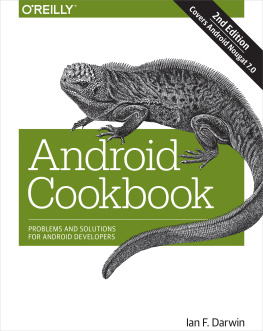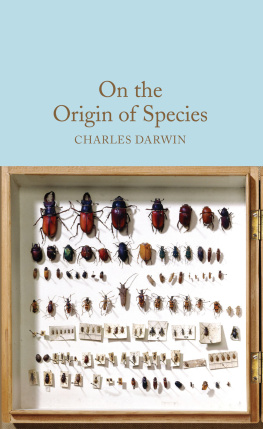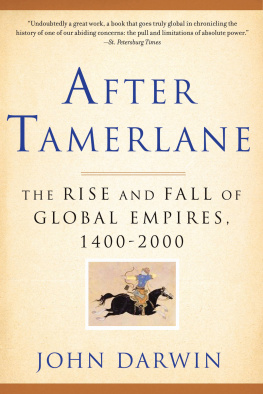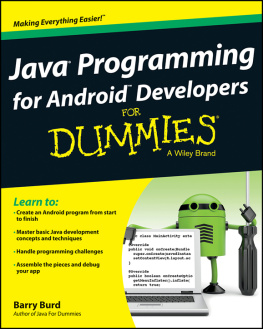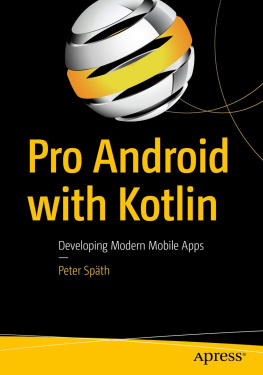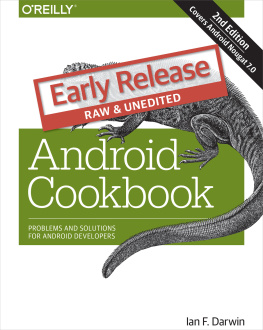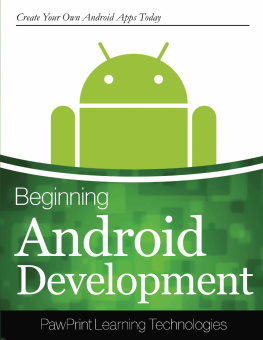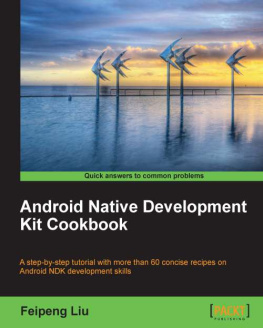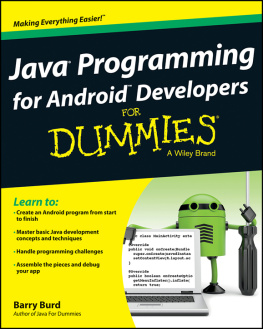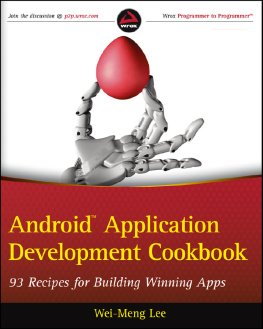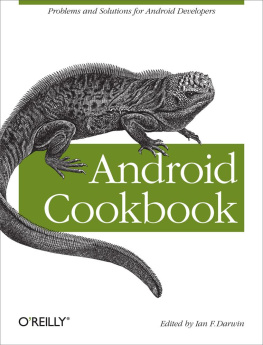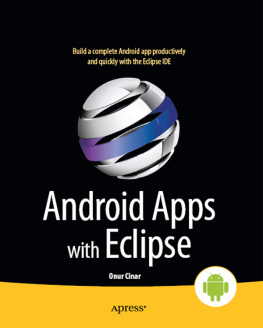Darwin - Android Cookbook: Problems and Solutions for Android Developers
Here you can read online Darwin - Android Cookbook: Problems and Solutions for Android Developers full text of the book (entire story) in english for free. Download pdf and epub, get meaning, cover and reviews about this ebook. year: 2017, publisher: OReilly Media, genre: Computer. Description of the work, (preface) as well as reviews are available. Best literature library LitArk.com created for fans of good reading and offers a wide selection of genres:
Romance novel
Science fiction
Adventure
Detective
Science
History
Home and family
Prose
Art
Politics
Computer
Non-fiction
Religion
Business
Children
Humor
Choose a favorite category and find really read worthwhile books. Enjoy immersion in the world of imagination, feel the emotions of the characters or learn something new for yourself, make an fascinating discovery.
Android Cookbook: Problems and Solutions for Android Developers: summary, description and annotation
We offer to read an annotation, description, summary or preface (depends on what the author of the book "Android Cookbook: Problems and Solutions for Android Developers" wrote himself). If you haven't found the necessary information about the book — write in the comments, we will try to find it.
Ideal for developers familiar with Java, Android basics, and the Java SE API, this book features recipes contributed by more than three dozen Android developers. Each recipe provides a clear solution and sample code you can use in your project right away. Among numerous topics, this cookbook helps you:
Get started with the tooling you need for developing and testing Android apps
Create layouts with Androids UI controls, graphical services, and pop-up mechanisms
Build location-aware services on Google Maps and OpenStreetMap
Control aspects of Androids music, video, and other multimedia capabilities
Work with accelerometers and other Android sensors
Use various gaming and animation frameworks
Store and retrieve persistent data in files and embedded databases
Access RESTful web services with JSON and other formats
Test and troubleshoot individual components and your entire application
Darwin: author's other books
Who wrote Android Cookbook: Problems and Solutions for Android Developers? Find out the surname, the name of the author of the book and a list of all author's works by series.

